Standardized production / Modular structure / Safe and reliable
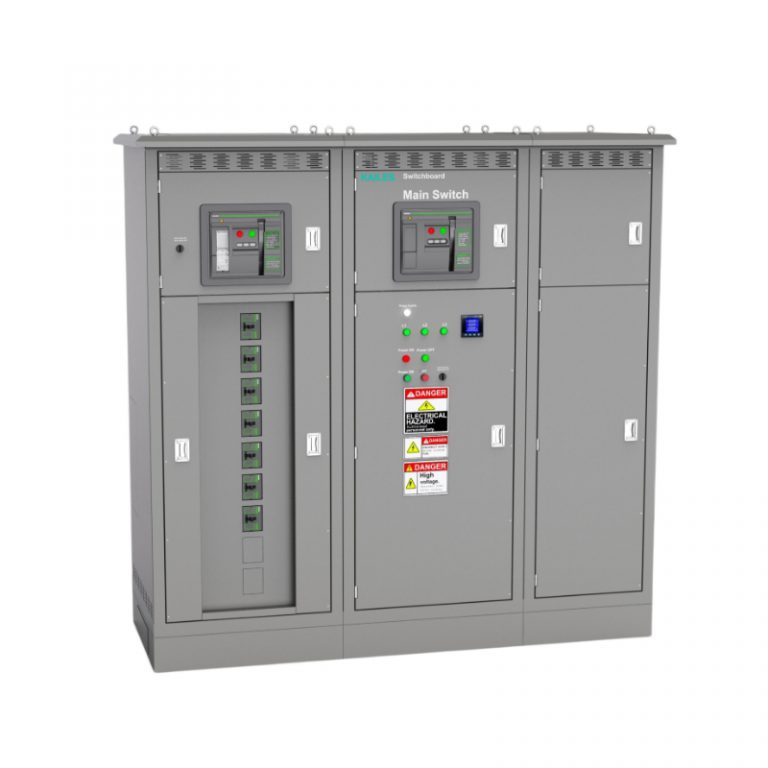

The switchboard is a core equipment in power systems for centralized distribution, control, and protection of electrical energy. It is widely used in industrial plants, commercial buildings, residential complexes, data centers, public facilities, and other scenarios.It adopts premium composite galvanized plates and stainless steel materials. Internally, it integrates circuit breakers, contactors, fuse protection devices, and supports multi-circuit power distribution. It possesses multiple protection functions such as overload, short circuit, temperature rise, and leakage current protection, ensuring power system safety.With remote operation and a modular structure design, it facilitates expansion and maintenance, meeting different users’ diversified power management requirements.
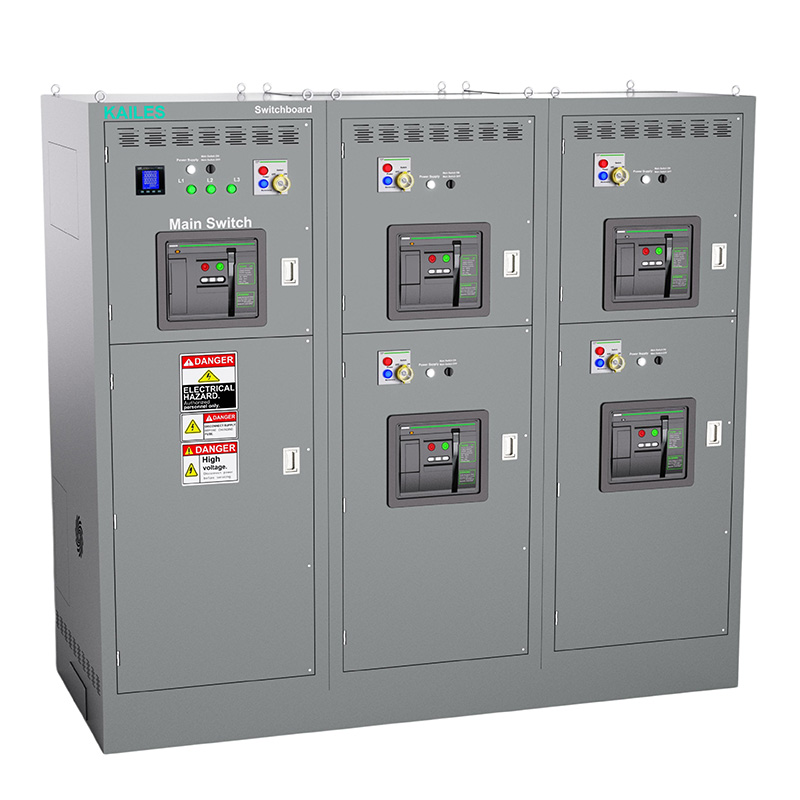
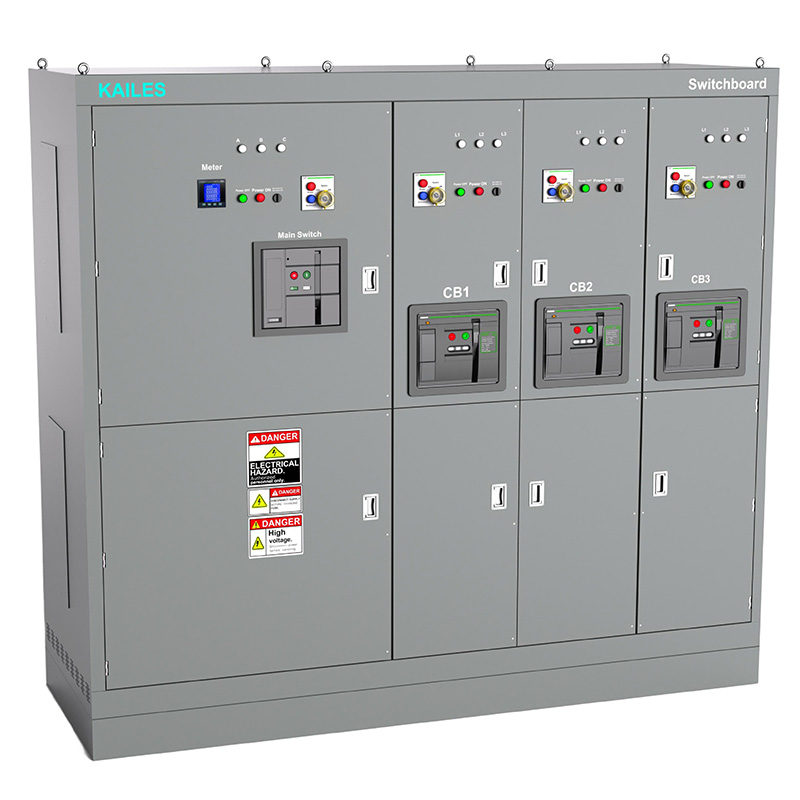
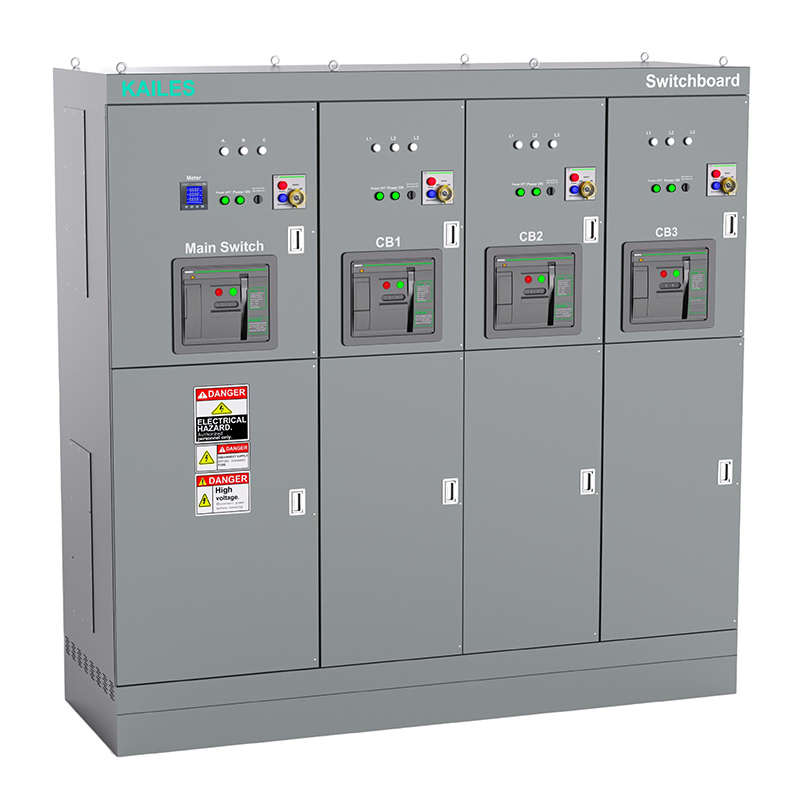
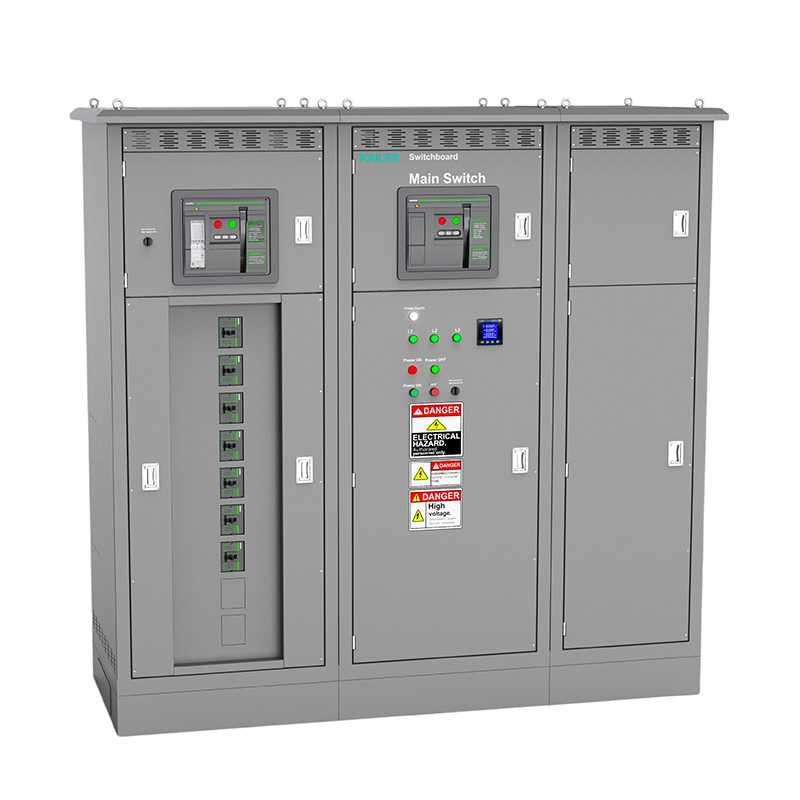
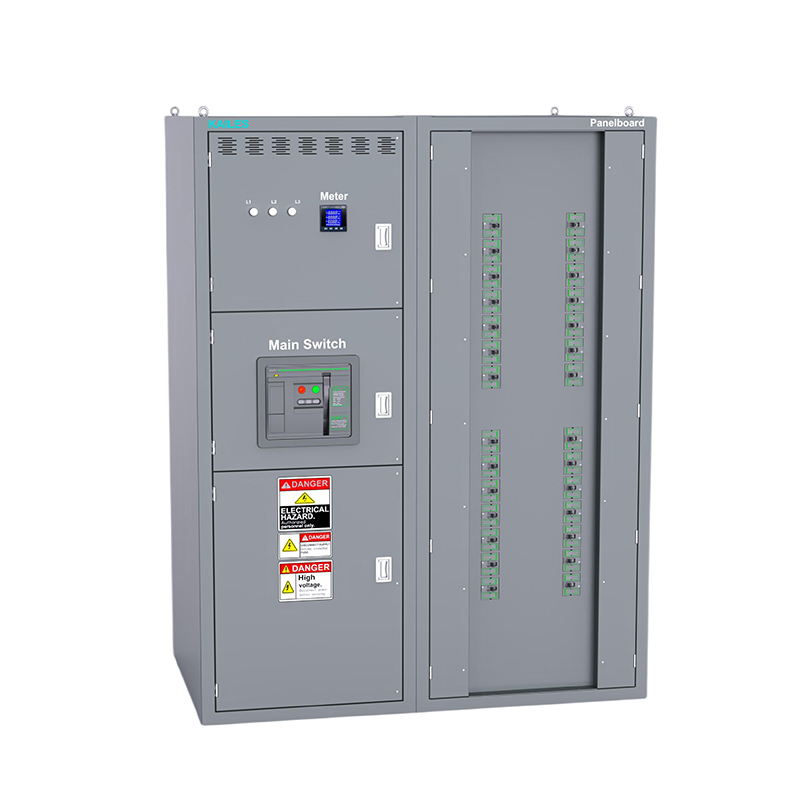
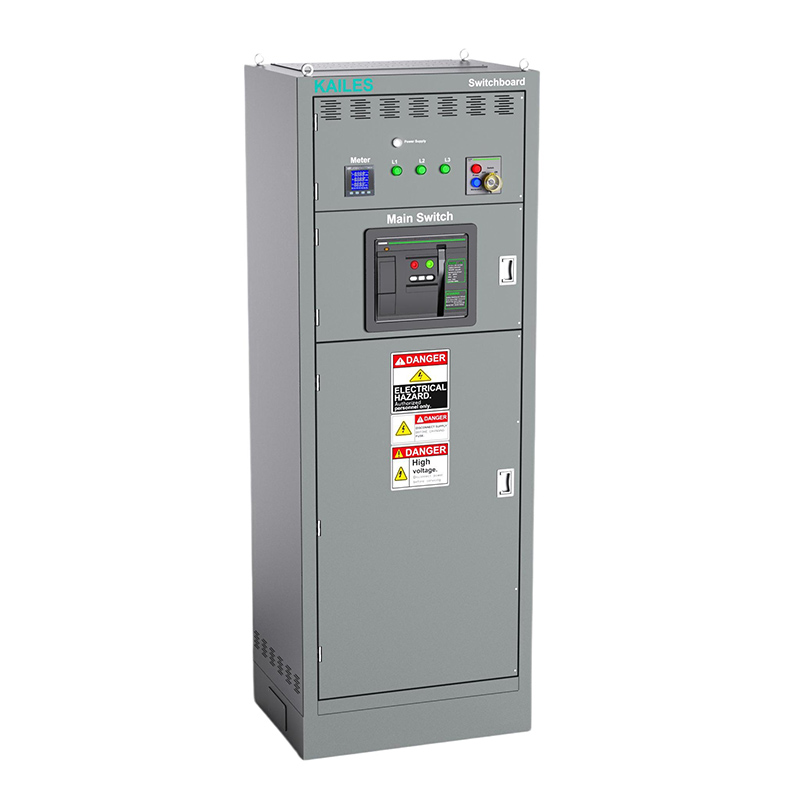
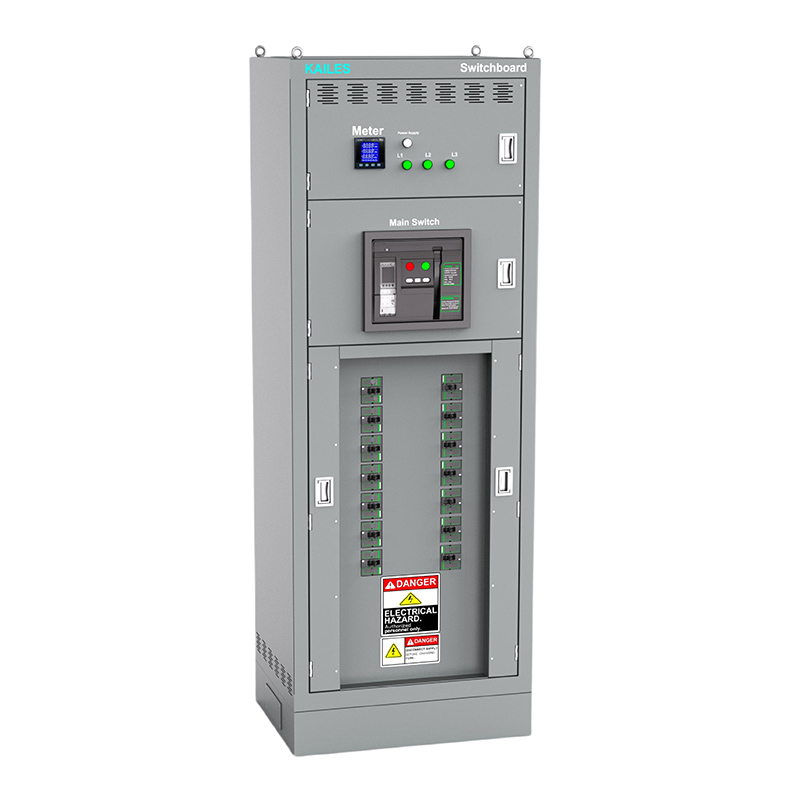
Electrical knowledge
UL 891 Switchboards are vital electrical devices. They ensure the safe and efficient spread of power in businesses and factories. The switchboards adhere to the UL 891 standard. They are known for their high safety and quality. This makes them a reliable choice for managing electrical circuits.
These switchboards are robust. They can handle various electrical capacities, often up to 6000 Amps. They work for circuits up to 600V. They are built to withstand short circuit currents up to 2000A. This makes them very flexible. They can meet the needs of many electrical systems.
The design of UL 891 Switchboards focuses on user safety and ease of maintenance. They usually include features. These features are things like circuit breakers and fusible switches. They are for effective circuit protection. The switchboards adhere to UL standards. OSHA and the U.S. federal government ratify these standards. They make the switchboards safe. That’s why the boards are a top choice in places where electrical safety is key.
UL 891 Switchboards often face tough tests. They include tests for fault currents. These tests ensure they can handle intense stress. This testing reassures users of their durability and reliability in various operating conditions.
In addition to their technical capabilities, these switchboards often come with design flexibility. They can be customized to fit specific needs. They offer options in NEMA configurations. They also have integrated components like transfer switches, metering, and surge protectors. This customization ability has many uses. It spans from basic power distribution to complex control of electrical circuits.
UL 891 Switchboards are safe, reliable, and adaptable. They are a key part of modern electrical systems. They comply with strict standards. They have many design options. This makes them suitable for many industrial, utility, and commercial uses.
Additional notes:
Residential load centers are typically used to distribute power to individual branch circuits in a home.
Panelboards are typically used to distribute power to multiple branch circuits in a commercial or industrial building.
Switchboards are typically used to control and protect main feeders and branch feeders in a commercial or industrial building.
Switchgear is typically used to control and protect high-voltage power circuits in power plants, substations, and industrial facilities.
Do Switchboards use Copper or Aluminum Bus Bars?
UL 891 Switchboards can use either copper or aluminum bus bars. The choice of material depends on the specific requirements of the application.
Copper bus bars are more expensive than aluminum bus bars, but they offer several advantages. Copper has a higher conductivity than aluminum, so copper bus bars can carry more current for a given size. Copper is also more resistant to corrosion than aluminum, so copper bus bars are better suited for applications where there is a risk of exposure to moisture or chemicals.
Aluminum bus barsare less expensive than copper bus bars, but they also have some disadvantages. Aluminum has a lower conductivity than copper, so aluminum bus bars must be larger than copper bus bars to carry the same amount of current. Aluminum is also more susceptible to corrosion than copper, so aluminum bus bars may require additional protection in applications where there is a risk of exposure to moisture or chemicals.
The bus bar joints in a UL 891 Switchboard must be plated. They can use silver or tin. This protects them from corrosion, no matter the material used. Silver plating is the most common choice. It gives great corrosion protection and improves joint conductivity. Tin plating is a less expensive option, but it is not as corrosion-resistant as silver plating.
Committed to providing customers with intelligent, safe and reliable power distribution solutions.

